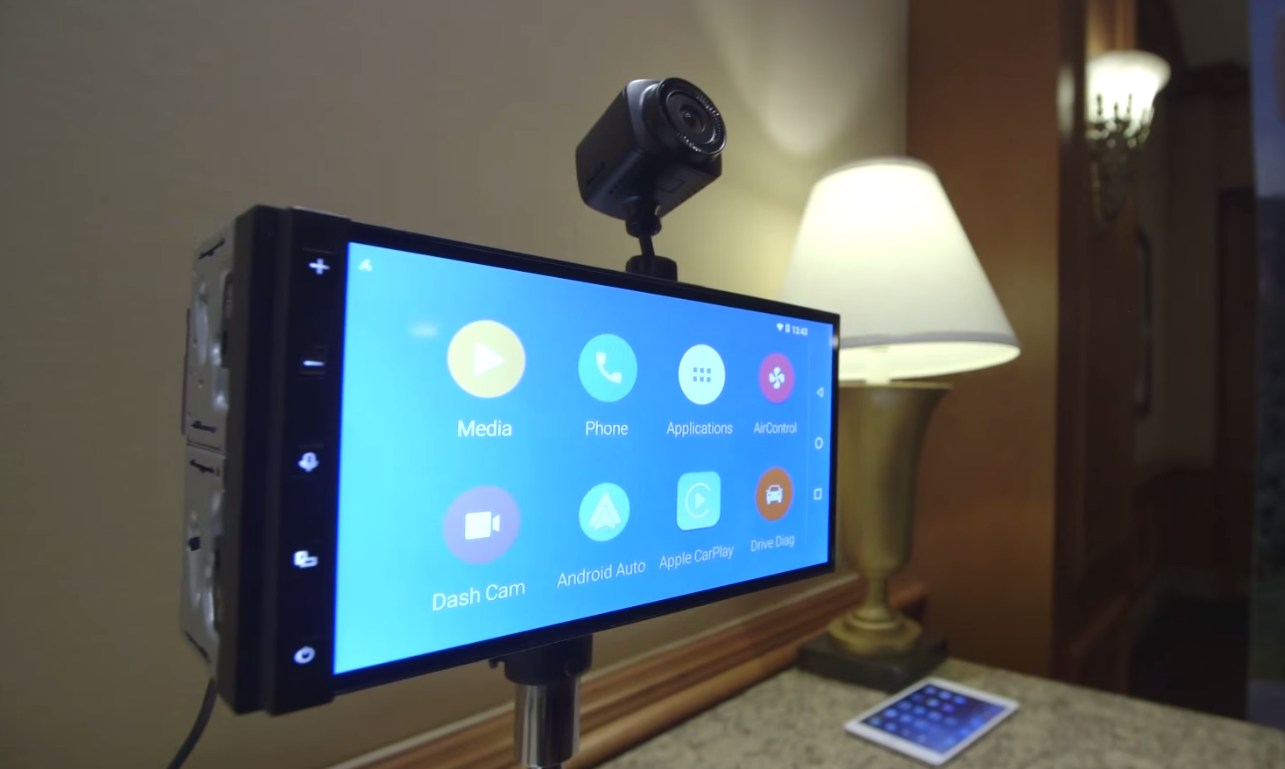Despite the storm of controversies surrounding its privacy policy and a string of recent PR crisis, Uber still managed to raise an impressive $1.2 billion in funding earlier this month. Last week it was reportedly set to receive up to $600 million investment from China’s Google, Baidu Inc., presumably for its long-rumored expansion into the Asian market. Today Baidu has confirmed its investment.
Why Baidu Wants Uber
The Chinese ride-on-demand market is currently dominated by Kuaidi Dache and Didi Dache, respectively backed by Alibaba and Tencent. Up until this point, Baidu is the only one out of the BAT— Baidu-Alibaba-Tencent, a popular acronym in China denoting their dominance as top Internet companies—that has been holding off on entering the burgeoning market. By bringing in Uber, Baidu would not have to build a ride-hailing app from scratch, but would instead use Uber’s well-built app and mature infrastructure to compete with its rivals.
Additionally, Baidu is most likely hoping that Uber would improve the lukewarm performance of its mobile payment app, Baidu Wallet, so as to compete with Alipay, the formidable digital payment system backed by Alibaba, or even WeChat Wallet, embedded by Tencent in its massively popular messaging app.
Why Uber Needs Baidu More
For Uber, investment from Baidu would mean it might finally be getting the localization it desperately needs to conquer the much-coveted Chinese market. Beijing, for example, only has around 66,000 licensed cabs at service for its vast population of over 20 million. The Alibaba-backed Kuaidi app alone posted online payment revenue of $2 billion over the past year. And Uber could definitely use Baidu’s massive local clout to navigate this huge, yet highly regulated market. One more benefit for Uber is the integration of Baidu Map. Google Map, which Uber currently uses for across all markets, isn’t the best on the market, similar to Apple Map here in the US.
The Bottom Line
Baidu needs Uber as a convenient proxy to make its long-awaited first move in the on-demand car market, just as much as Uber needs Baidu’s local dominance and expertise. The market might already be congested considering the two local apps from formidable rivals have taken off, but with Baidu’s help, Uber’s ride into the Chinese market might just get significantly less bumpy.
Photo courtesy of Uber

